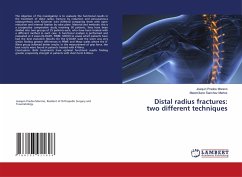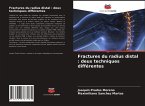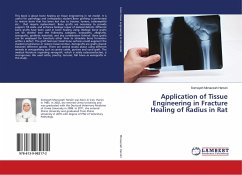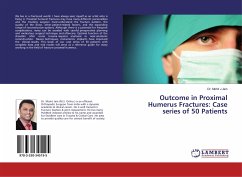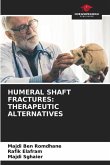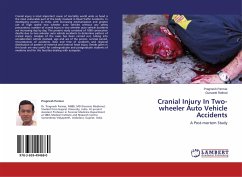The objective of this investigation is to evaluate the functional results in the treatment of distal radius fracture by reduction and percutaneous osteosynthesis with Kirschner wire (K-Wires) comparing them with open reduction and internal fixation by volar plate. Material and methods: this is a prospective comparative study involving 50 patients, they have been divided into two groups of 25 patients each, who have been treated with a different method in each case. A functional analysis is performed and evaluated at 3 scales (Q-DASH, PWRE, MAYO) to assess which patients have had the best evolution. Results: On the Q-DASH scale the score was very similar finding greater differences in PRWE and Mayo scales where the K-Wires group achieved better results. In the measurement of grip force, the best results were found in patients treated with K-Wires. Conclusions: Both treatments have optimal functional results finding greater propensity strength in patients with short-term K-Wires.

